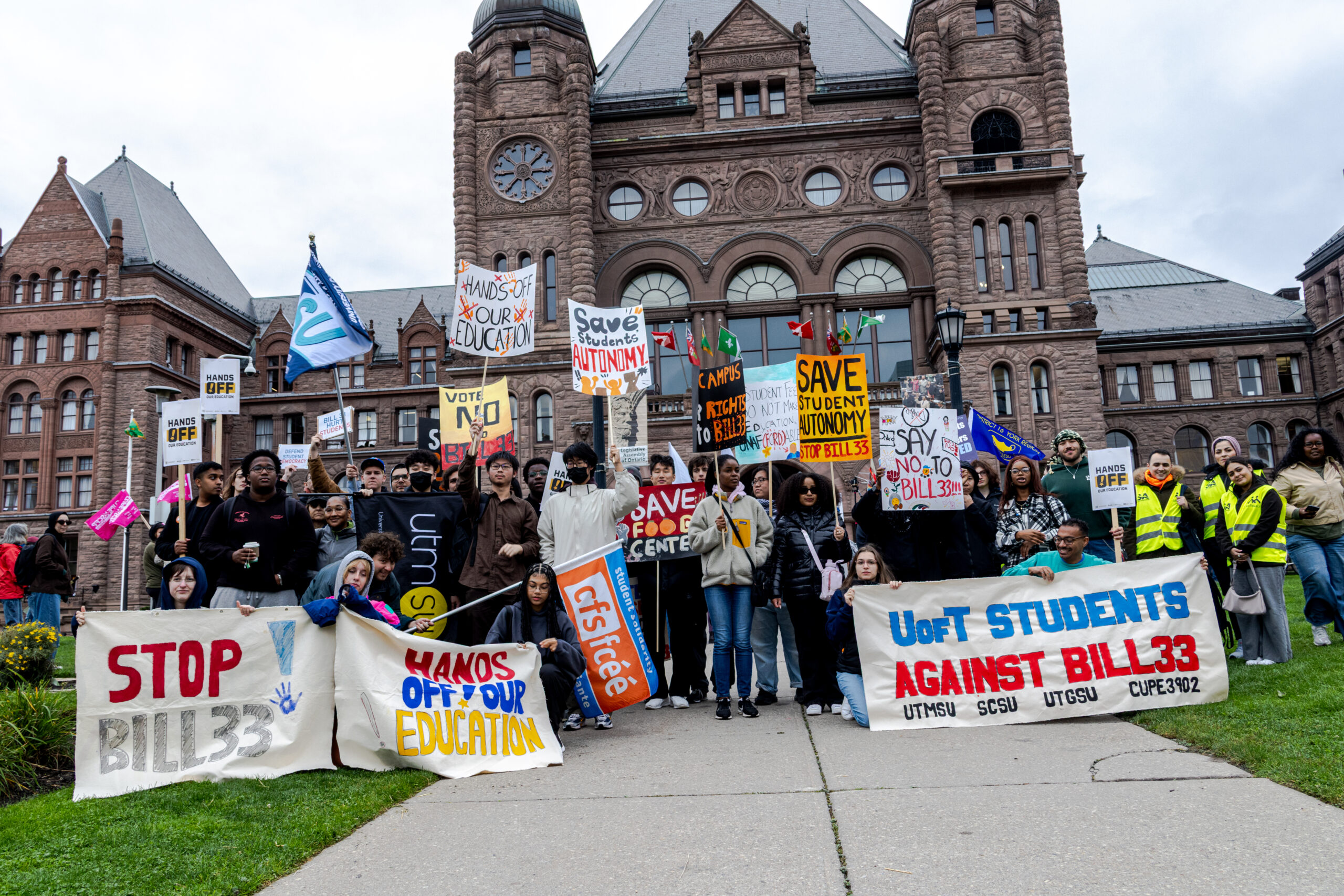College is expensive, but your lifestyle doesn’t have to be
With Toronto having one of the highest cost of living in the world, coupled with hefty tuition rates, many students are looking to save money wherever they can.
Here are some tips for students at George Brown College (GBC) to save money while studying:
1. Take your courses as planned
According to Stephen Flett, student services centre coordinator, one of the best ways to ensure you’re not paying more than you need to is simply to take your courses as they’re planned in your program.
“The important thing to remember is that the college does not have a per course fee structure like you would at some universities or even our own continuing education department,” Flett emphasized.
What this means is that your program tuition pays for a preset selection of courses, and dropping one will not give you a refund or credit.
If you retake the course later, you will have to pay an additional fee, which can be hundreds of dollars.
Additionally, dropping too many courses can prevent you from receiving OSAP as a full-time student. For college students, anything below 2/3 of the program load is considered part-time.
2. Opt-out of optional fees
If you already have health insurance through a personal plan or your parents, you can opt-out of the health benefits plan offered through the Student Association (SA).
According to Flett, this amounts to about $450 for two semesters.
However, international students cannot opt-out of the plan.
The other fee you can opt-out of is the student levy, which is $25, although Flett said he’d “like the Student Association to get their money for that.” This money goes towards scholarships/bursaries, and capital projects for students.
If you wish to opt out of these fees, be sure to do so before the respective deadlines for each semester. This can be done online.
3. Utilize TTC student passes
According to the TTC’s website, a post-secondary pass costs $116.75 per month, on top of the cost of the TTC Post-Secondary ID Card. The ID is a one-time payment of $7 or $5.25 if purchased at Sherbourne Subway Station.
Since the TTC standard fare on PRESTO is $3, that means you will need to use the TTC 39 times per month to break even.
Also, when using a PRESTO card, all rides taken within 2 hours of your first paid tap is free, regardless of direction or method of transit.
Of course, when possible, it’s better for your wallet, your health, and the environment to walk or bike.
4. Apply for awards and scholarships
There are a number of awards and scholarships open to most students at the college located on your STU-VIEW page.
Some of these, however, are limited to certain programs or demographics.
To be eligible, you must be a full-time student (60% of a full program load, or at least 40% of a full program load for students with a permanent disability) and registered in your courses.
5. Use the library
Some of the required textbooks in your program may be available to take out from at the library, free of charge. However, there may be limitations on how long you can have them for.
However, the library does more than just textbooks. Did you know you can also take out iPads, laptops and Macbooks, projectors, cameras, and many more electronics for 8 hours?
Additionally, they also loan out movies, video games, and eBooks.
6. Cheap eats
Lots of restaurants around GBC offer student discounts. Look out for posters in the windows of restaurants. Meal deals may also be available if a student ID is presented.
Certain apps will give you discounts for ordering food, such as Feedback, which gives you money off when you order food at “off-peak” hours. This saves the restaurant from wasting food, and saves you money!
7. Meal-prep
It’s almost always cheaper to make food at home with ingredients from the grocery store.
While No-Frills near St. James Campus and The George Residence are budget-friendly options, be sure to take advantage of GBC’s Food Bank services, as well as the Good Food Market.
To use the Food Bank, you must first register at one of the three campus locations and show you student I.D, timetable, and a digital or hard-copy verification of current finances.
There is a Food Bank on each campus and are open from 11 a.m. to 3 p.m.
every weekday, but are closed on Tuesdays.
The Good Food Market is non-profit that sells fresh produce at affordable prices. It can be found in front of the bookstore at St. James campus every Thursday from 10:30 a.m. to 3:00 p.m.
8. Sell your old books and buy used ones
Facebook and Kijiji are good options for buying and selling textbooks.
Before spending hundreds of dollars on a brand new textbook, be sure to check online first if you can buy a used copy for cheap.
When you’re done with the books, you can re-sell them for a higher price than the bookstore will pay.
When meeting with buyers/sellers, be sure to do so in a safe and public location and with a friend.
While there is no escaping many of the costs of studying and living in Toronto, every dollar counts. Flett recommends creating a budget and sticking to it.
“Find out how much you’re going to spend, and then revisit it occasionally and adjust it as you go,” he said.


